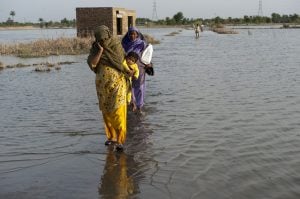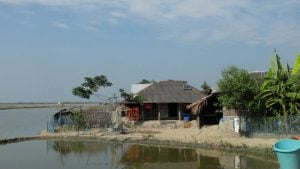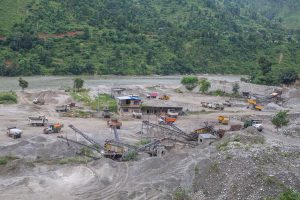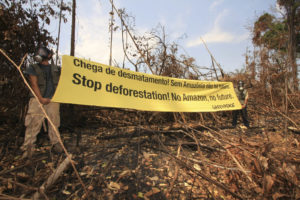Nepal has been the testing ground of international strategies for human development for over 50 years. With a rich array of in-depth case studies, a book called Aid, Technology and Development: The Lessons From Nepal, now takes a critical look at the result. At its recent launch in Kathmandu, co-author Dipak Gyawali – water resources expert and former water resources minister – spoke to the Nepal editor of thethirdpole.net on the “destructive and constructive” roles international aid has played in Nepal.
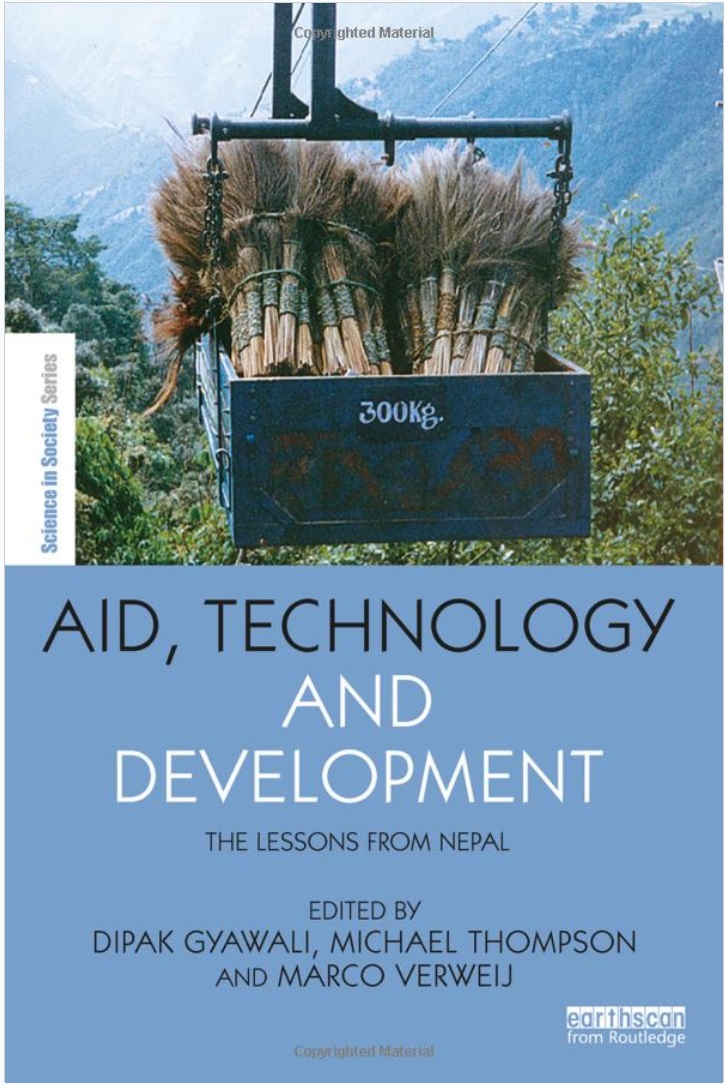
You have said that this book brings destructive and constructive roles played by foreign aid in Nepal. Which one outweighs the other?
You actually have to measure it through a very long study. But the bigger question is, given the number and kind of incestuous evaluation that the donors do – the same guys do the project and almost same kind of guys do the evaluation – given the fact that none of them are critical, you can’t say which is more or which is less accurately as the measuring process in itself is non-transparent.
But aid has done less good and more bad in Nepal. There have been constructive roles played by the donors that this book has also documented, but they have been too few.
Most of the big donor interventions have been constructive where donors have been plural or more clumsy. But in many cases, they have come with a grand single vision of imposition and they have failed badly.
Can you provide some examples of failure and success?
Finland’s support to Nepal’s forestry sector started in the 1960s, grew in the 1980s and early 1990s, and then slowed. In the 1990s there was a major effort — the Finns funded Bara Forest Management Plan (BMP) in Southern Nepal, and made a major effort to privatise the forest. The idea was that a private Finnish company, in partnership with some Nepalese business houses, was to given responsibility for the regeneration of the entire (47,000 hectares) forest together with near-monopoly rights to its commercial exploitation. The aim was to introduce radical change in a sector that had not hitherto been oriented to market led approaches. But the Bara forest was already a complex mosaic of property rights: private, public and common pool. Unsurprisingly, this ambitious project eventually turned into a disaster so unmitigated and so universally acknowledged, that the Finns swore never again to get involved in forestry in Nepal. It was an imposed one, so it didn’t work.
However, wherever the donors have been plural and more clumsy there has been good success as well. Communitisation of Nepal’s forestry is taken as one of the great developmental success stories. This initiative grew in large part out of the Nepal-Australia forestry project in the late 1980s, which in many ways was a re-discovery of the traditional commons managing arrangements. This kind of arrangement had been widespread before Nepal’s forests were nationalised in 1957. With the new forest act in 1993 – which enshrined the users’ rights as inalienable property of villagers – there are now in excess of 19,000 community forests. They take in a third of all the country’s officially forested land and have visibly improved the crown cover of the Nepalese landscape. This was the result of a blend of social science and forestry science.
These are only a couple of examples but there are many on the list.
You have argued that deploying development assistance to leapfrog to latest technologies would help poor countries get rid of problems they have been facing now. How would that be done?
As we have seen, Nepal is not locked into the technologies of sewerage and waste water treatment that are there in the developed world – get human waste safely out of the city by putting it into the water cycle, a system that is increasingly being seen as problematic. Nor is its landscape festooned everywhere with telephone poles and wires, or with lines of electricity pylons radiating from vast power stations. Yes, there is gas but there are no gas pipelines and perhaps most encouragingly of all, there is renewable energy everywhere, biogas, hydropower in its various forms, solar in its various forms and of course biomass from Yak-dung to briquettes – all cheaper or rapidly getting cheaper.
There is no need, then, for Nepal to follow to the letter the technological paths that have been taken in the countries of the aid providers. It could leapfrog straight to the new technologies—characteristically green, decentralised and flexible. Why do we have to learn from our mistakes, as they say in business schools (but not, it would seem, in schools of development studies) when we can learn from other peoples’?
What do the aid providing countries need to do to get better results from the money they have been providing?
It is imperative that all stakeholders including the foreign governments realise that development assistance is not always (or even often) the solution, and can be very harmful. Aid has to be handled very carefully and aid agencies have to restrain their institutional compulsion to equate mission success with having doled out lots of money. For instance, in Nepal remittances have reduced poverty (and increased the government’s budget) to a far greater degree (and in a much more decentralised manner) than development aid has done over the last decade. Hence, the governments of rich countries that are willing to help should consider a wider set of options (including a greater influx of goods, services and labour from poor countries) than the Pavlovian reaction of offering developmental aid.
Where should it be started then?
It is high time that aid donors stop imposing, in a unilateral fashion, their forever-changing priorities and fads on unsuspecting aid recipients. Over the last six decades, Nepal has been made subject to every new development fad—from import-substituted growth to export-oriented growth, from take-off through massive investment in infrastructure to the satisfaction of people’s basic needs, from state-led via market led, to NGO-led development, and so on and so forth.
The latest imposition concerns adaptation to, and prevention of, human made climate change, which almost all aid donors are now prioritising in their policies – though Nepal is far too poor and small to contribute to climate change to any significant degree, while knowledge of possible climate change impacts on the country is rudimentary at best. Nevertheless, for most aid agencies climate change has become of overriding importance.
From a Nepalese point of view other issues appear more pressing, like daily power cuts, severely insufficient water supply and sanitation, severe air pollution, the need of reconciliation after the deadly civil war, the struggle against corruption, recovery from the deadly earthquake in 2015, to name but a few.
Any more?
The worst thing about donors’ money is that it has weakened civil society voices. Non-governmental organisations are now seen as communities of dollar harvesters. The government is getting more corrupt. So where is the zero tolerance to corruption that the donors have been advocating for? Shouldn’t they be accountable for that or at least make those whom they provide money accountable? It will end up in chaos if this continues and the trust of people in the non-governmental organisations will continue to decline, which eventually will weaken the voices of the civil society. Our government shouldn’t just be the doormat of the donor agencies but has to really look into national priorities rather than grabbing whatever comes in.
![<p>A porter in Nepal rests his load [image by Asian Development Bank]</p>](https://dialogue.earth/content/uploads/2017/03/Nepal-porter-ADB.jpg)



